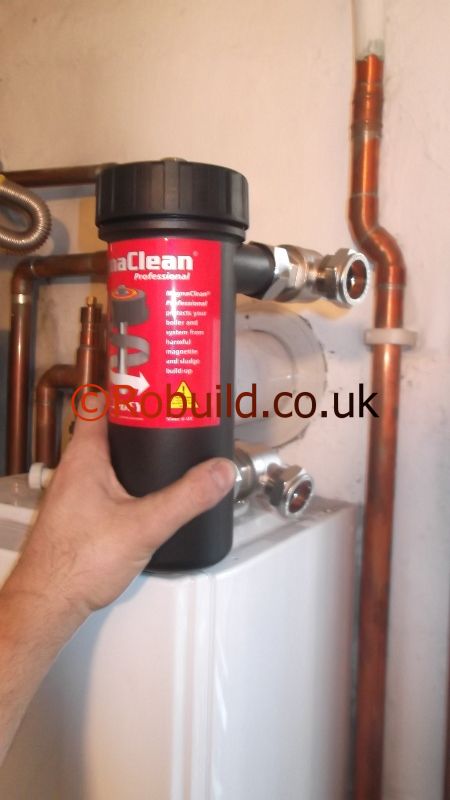Compression fittings are the most common type and the easiest to use. Two types are available :’manipulative’ and ‘non-manipulative’. The first is seldom used nowadays for domestic purposes. A special tool is required to ‘bell out’, or force open, the ends of the pipes, which are then compressed against the fitting body, when the nuts are tightened, to make the joint.

Non-manipulative fittings rely on the compression of a soft metal ring, known as a cone, olive or ferrule, against the external wall of the pipe to create the joint between pipe and fitting. No ‘working’ or distortion of the pipe itself is required, and so the work involved is much easier. To make a joint with this fitting, the pipe ends must first be cleaned up, as previously described, with the files. Place the nuts on to the pipes, and then the cones. The cones have two chamfered faces, and if one of these is longer than the other, the long face must be placed towards the pipe end. Each pipe is then inserted into the fitting as far as it will go. A ‘stop’ moulded into the fitting will determine the depth of entry.
You must ensure that the pipes do not ‘creep’ out of the fitting while the joint is being made. Once they have been pushed in, scratch them next to the fitting with a nail or other sharp object. This will show up any movement. Before sliding home the cones, it is wise lo srnear a little non-toxic jointing compound on the cone. Manufacturers do not stipulate this, but it helps to ensure a watertight join. Once the cones are inserted into the fitting, the nuts should be engaged on the threads and tightened as far as possible by hand. Two or three turns with an adjustable spanner on each nut are generally sufficient to complete the union. Use the second spanner to hold the body of the fitting while you tighten each nut. Do not overtighten or either the threads may strip or the olive may be forced into the pipe, making a bad joint. Although the procedure described above is basically the same for all makes of nonmanipulative fittings, it is wise to read any instructions supplied by the manufacturer before starting work.
